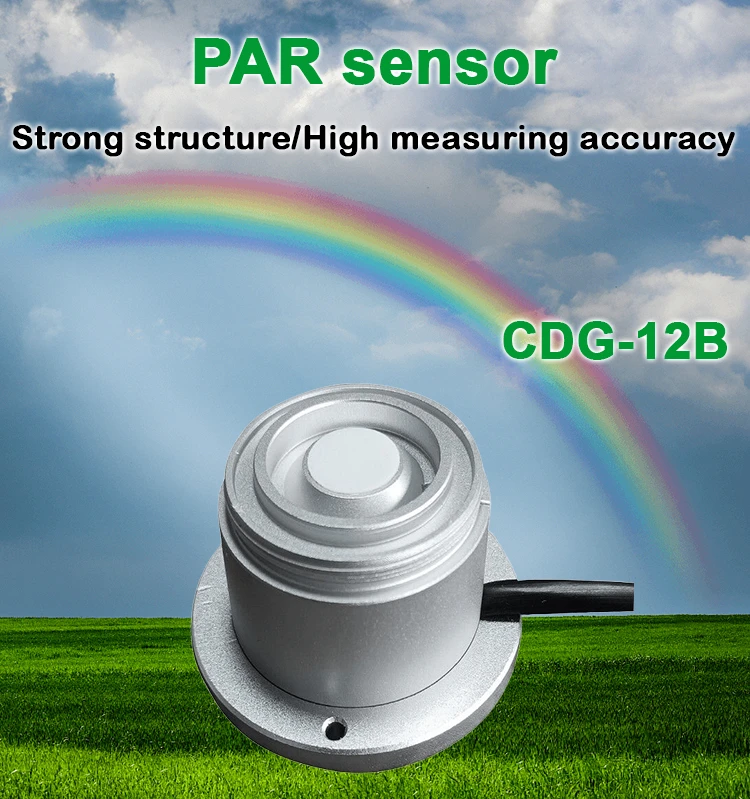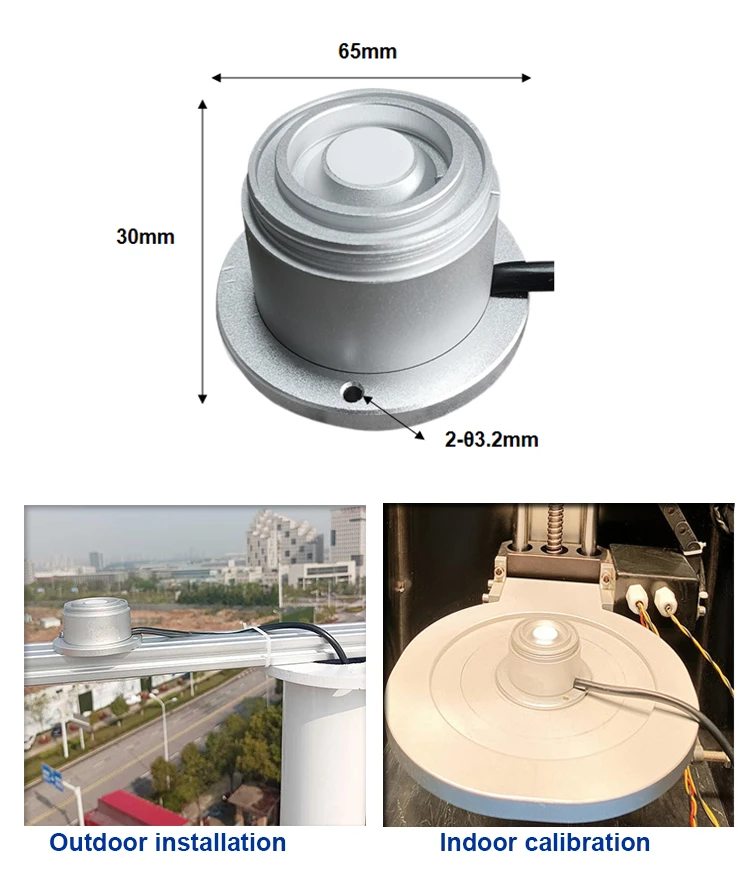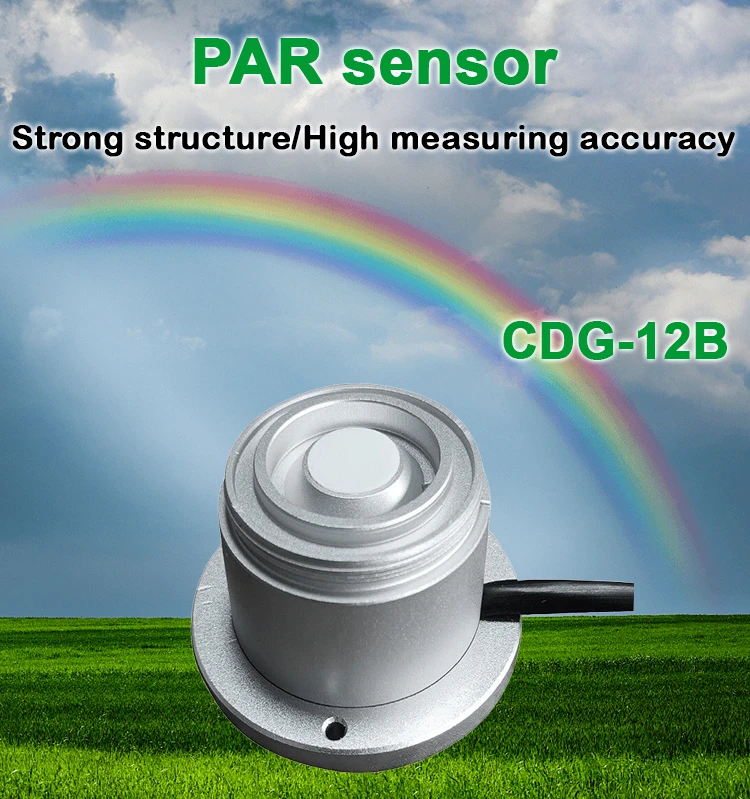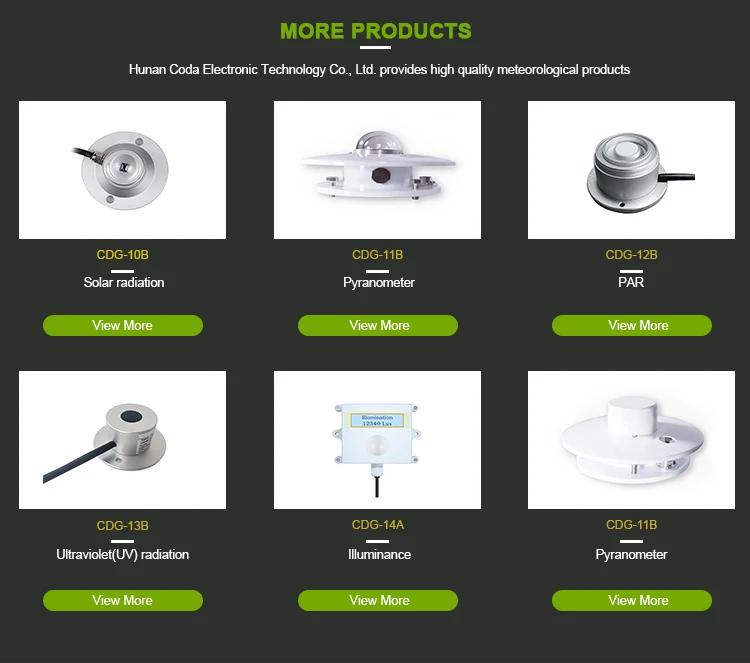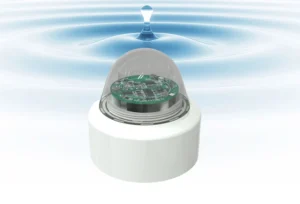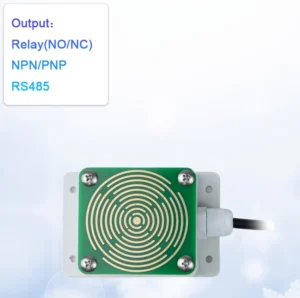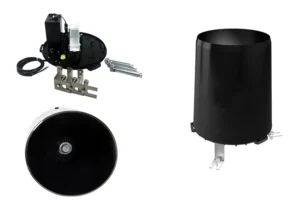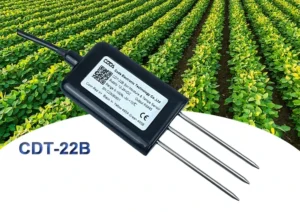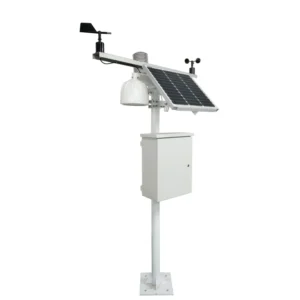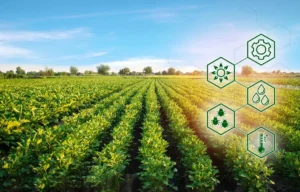What Is a PAR Sensor and How Is It Used?
Light is not just for seeing; it is important for plant growth and health. PAR sensor are important for measuring light wavelengths. They focus on light between 400 and 700 nanometers. This range is essential for photosynthesis.
These sensors can detect changes in this range with great precision, as fine as 1%. This makes them very important in today’s farming.
Data-driven farming is becoming very important. Sensors boost crop yields and make farming more efficient. They also save costs, allow remote field monitoring, and provide predictive analytics.
PAR meter are now essential in precision farming. They give farmers important information about light conditions that impact their fields. These versatile devices are used in many areas. They help with underwater research, space exploration, climate studies, and advanced science.
To make the most of sensors in any field, it is important to know their design, function, setup needs, and maintenance. In this guide, we will give a clear overview of sensors. This will help users see how well they perform in different setups.
What Is a PAR Sensor?
A PAR probes is a special device that measure par light sources from 400 to 700 nanometers. These wavelengths are important for photosynthesis in plants. Some advanced models can also measure total solar radiation (TSI) from 350 to 1100 nanometers.
These sensors detect light and turn it into electrical signals. These signals can be recorded or analyzed to provide useful insights.
Design Features
Sensor usually has a round shape. This design helps it capture light evenly from all directions. The casing keeps its parts safe and has two outputs for sending signals. A standard Sensor has four main parts:
– **Diffuser**
– **Filter**
– **Photodiode**
– **Casing**
Working Mechanism
A sensor works because of its photodiode. This part changes incoming light into an electrical signal that can be measured. To get accurate and reliable readings, you need to choose the right parts and use precise engineering. Let’s look at the key components involved:
**1. Diffusing Disc**
The diffusing disc may seem simple, but it plays a key role in improving incoming light. It helps show the real downwelling light on flat surfaces. Two main factors affect its design:
– *Hemispherical Integration*: The disc is shaped like a half-sphere. This design helps it collect light evenly from above. It increases the field of view for precise measurements.
– *Cosine Correction*: Lambert’s cosine law says that the sensor reacts to the angle of incoming light.
Manufacturers use materials like PTFE (Teflon), acrylic, polycarbonate, or Spectralon for diffusing discs. These materials are chosen for their high light transmittance and durability in sunlight.
They also provide a tight water-resistant fit and strong diffusing properties. Teflon is often viewed as the best choice for this part.
**2. Visible Bandpass Filter**
The diffuser takes in light from above. Then, the filter processes that light. It separates the wavelengths that plants need for photosynthesis.
The filter blocks ultraviolet (UV) and infrared (IR) rays. It lets through light in the 400 to 700-nanometer range. This range is important for the growth of plants.
High-quality UV-IR cut filters help separate unwanted wavelengths. They also provide precise spectral responses. Reliable filters control incoming light well within their active range.
**3. Housing**
The housing acts as a shield that protects the inner parts. It does this without stopping the detection of visible light. It is usually made of black material. This helps stop unwanted reflection or scattering of light that could change readings.
**4. Photodiode**
The photodiode is a key part. It detects incoming light and changes it into electrical signals before filtration. To get good results, the photodiode should work well from 400 to 700 nanometers. It should give clear and strong signals.
Types of PAR Sensors
Photosynthetically active radiation par come in different types. Each type is designed for specific uses, mechanisms, formats, and ways to mount them. Here, we will list the main categories. This will help readers choose the right type based on their needs.
**Types Based on Working Mechanism**
– **Silicon Photodiode Sensor**: These sensors are very common. They use photosynthesis to make an electric current from the light that hits the sensor.
– **Quantum Sensor**: Quantum sensors are known for being very accurate and stable. They measuring photosynthetically active radiation and measure the number of photons or the photosynthetic photon flux density (PPFD).
**Types Based on Mounting**
– **Fixed-Mount Sensor**: These sensors are made to be strong. They often have tough metal frames and stick well to strong surfaces. They are made for long-term use in outdoor conditions.
– **Portable Sensor**: These handheld or probe sensors are made for mobility. They give real-time readings. They usually have their own power source.
Also have a built-in display for showing data directly. This means they do not need external modules like Modbus RTU.
Uses of PAR meters in Different Fields
Now that we know what sensors are and how they work, we can look at their uses in different fields. Various industries use special sensors for specific jobs.
These systems can be manual or automated IoT devices. Here are four main areas where sensors are often used:
**Smart Farming**
PAR meters play a key role in modern farming. They are very helpful in smart farming that uses IoT technology. These technologies boost productivity by tracking and gathering data closely.
They handle tasks like planting, watering, pest control, and drainage. Drones and remote imaging tools collect data. This data goes into AI algorithms, which create useful insights.
In horticulture, Sensors check light levels. This helps plants grow better and improves the environment. Advanced systems use LED or halogen lights to make up for less sunlight on cloudy or rainy days.
Automation helps adjust light angles for each plant’s needs. This ensures better growth efficiency.
**Climate Studies**
Studying local weather for a long time provides important information for predicting climate patterns. Sensors can detect small changes in light. They can sense changes as small as 1%. They can sense rain or changes in the weather.
When used with weather stations, these sensors form a complete management system. This system helps increase farm production and keep an eye on gardens.
**Research**
Sensors help with experiments on plant growth. They work under different conditions, such as changes in fertilizer, watering schedules, pesticide use, humidity, and temperature. It is important to keep lighting the same during scientific studies. This helps to get reliable results.
For example, the same ideas can be used for exploring deep water. PAR meters provide key information on how marine plants and animals adjust to their environments.
**Space Exploration**
Astronauts on long space missions rely on plants for oxygen and food. It is important to optimize light conditions to keep plants healthy. This is essential for their survival.
Sensors help keep the right light levels for plants to grow well. This supports our mission for sustainability.
How to Set Up Step-by-Step
**Step 1: Selecting the Appropriate Sensor**
Start by picking a sensor that fits your application’s needs. Quantum PAR probes are excellent for checking how plants use light for photosynthesis. Choose a mounting type that fits the field conditions and your needs.
**Step 2: Positioning the Sensor Correctly**
Place the PAR probes where changes in light can affect plant growth. Make sure it is clear of any obstructions. Place it at the same height as the crop canopy. Point the sensor up to get accurate light readings.
**Step 3: Connecting the Sensor to Modbus RTU**
PAR probes outputs can change based on the model. They usually give voltage, current, or RS485 signals. For voltage or current outputs, create a wiring plan that keeps the wire length short between the sensor and amplifier.
After amplification, use an analog-to-digital converter (ADC). This will make the outputs work with Modbus RTU systems.
For sensors that support RS485, you do not need an ADC. The output is already digital. Make sure all components are connected to enough power supplies for stable operation.
**Step 4: Acquiring and Analyzing Data**
Connect the Modbus RTU to a data logger or computer. This will help you record PPFD values regularly. You can use specialized software to turn these readings into trends and reports. This helps you see how lighting changes over time.
conclusion
PAR probes are the future of modern farming. They help farmers make better decisions using data. These sensors also give better control over crop yield and health. Their simple setup and easy installation make it easy for users to get started.
It is a smart choice to pick a quantum photosynthetic active radiation sensor. Look for one with digital output. This will remove the need for analog-to-digital converters.
These sensors are helpful in both gardening and farming. They are essential as modern farming changes.
